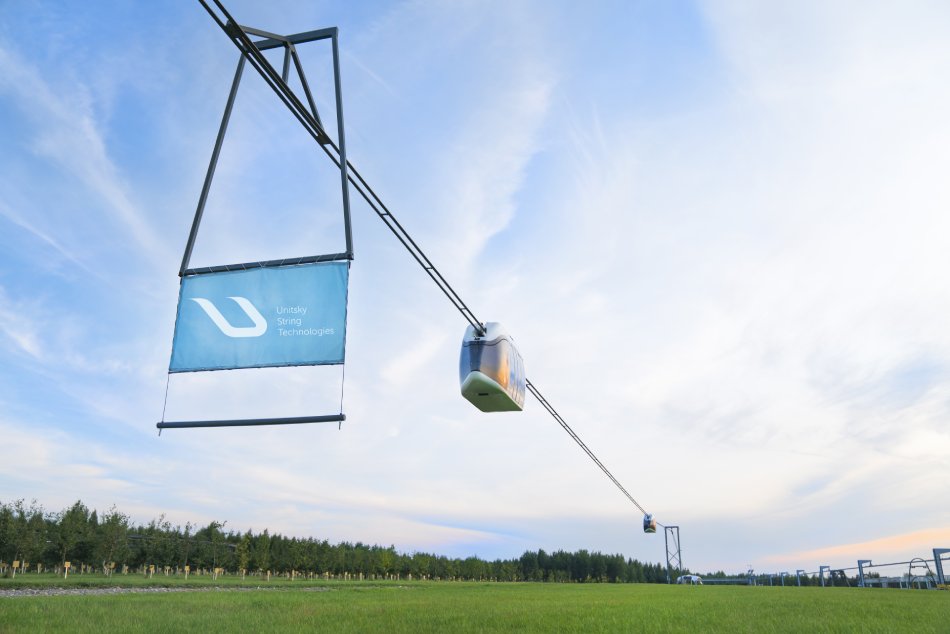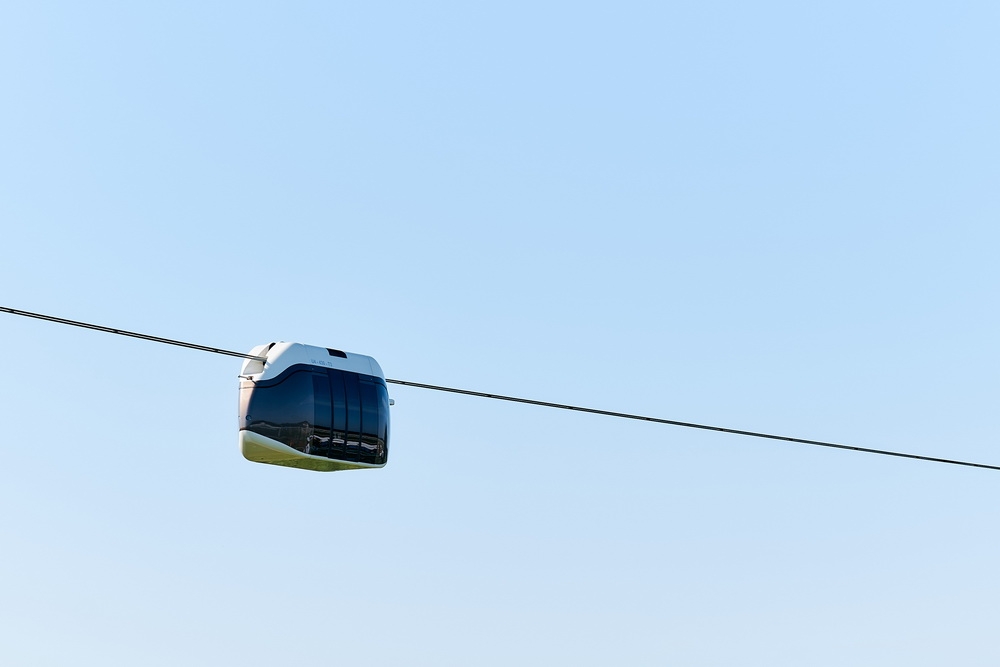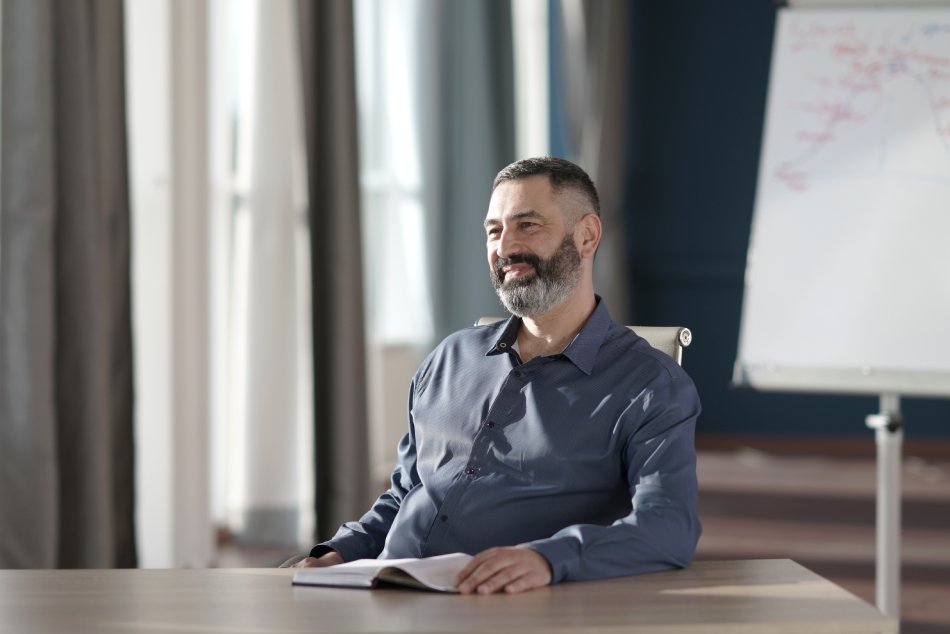Efficiency and Reliability: What Should You Know About the Electrical Equipment of uST Transport?
One of the key components in uST transport is the electrical equipment. If to draw an analogy with the human body, it is a kind of "circulatory system" in uPod, which supplies power to the entire vehicle. And the efficiency and reliability of the electric rail car depend on how properly this process is tuned up.
Comprehensive strategy
Mikhail Yudenok, head of the Electrical Equipment Design Office, explains that first of all it is necessary to decide what functions the car is supposed to perform: "On this basis, we think over the implementation. When we have a thorough concept of the car, we select the components of electrical equipment and build its layout. After the final assembly, all of the uPod's systems are checked for proper functioning.
In fact, earlier, the electrical equipment system was developed individually for each transport model. Today, we are working on the unification of the core units and components. This should become the basis for the development of new models. Essentially, we are talking about a list of possible solutions which will allow us to choose the most optimal one for the new project.

Efficiency
"The electrical equipment of uPods is different from that of conventional modes of transport. Compared to rail transport, uST is subject to more stringent requirements for weight and dimensions. It is also quite common that we need in-house devices or those custom-made by third parties based on the specifics of our vehicles," says the head of the design bureau.
The design bureau also addresses the issue of rational use of electric power by uPods. One of the options is traffic control. For example, a uPod slows down and power is released. This regenerative power is discharged into the power grid. We get a surplus in the grid, and it is spent by the vehicle that needs the power for acceleration. For example, if you look at trolleybuses, most of them do not consume all the power. Some of it is simply dissipated.
Failure is not an option
"If you consider the statistics for cars, about half of the faults are caused particularly by electrical equipment. This also applies to big-name manufacturers. Fires in electric cars are quite common. That is why our work is arranged in such a way that this problem is excluded in uPods. There cannot be any compromises when it comes to safety," adds Mikhail Yudenok.
To ensure a high level of safety, we have a number of measures on hand. The design bureau uses highly reliable devices. For example, all circuits are protected against short-circuit currents and a surge suppressor is installed to protect against secondary effects of lightning. To produce harnesses, we use halogen-free cables and wires with low smoke emission and low toxic potential in case of fire. All equipment is housed in sealed metal cabinets, which have a particular fire resistance. In addition, automatic fire extinguishing systems and heat detectors are in place, and fire barriers are installed at the points where the harnesses come out of the cabinet.
More news
Opinion
15 April 2022
About the Transport of UST Inc. on the Pages of Belarusian Trade Journal
The Belarusian Journal “International Exhibitions” published an article that explains how the uST Transport & Infrastructure Solutions can help to overcome long-standing transportation problems.

Blog
18 September 2024
uST: The Most Suitable Solution for Transportation Accessibility in Protected Areas
Can uST complexes address the issue of transportation accessibility in regions with strict environmental requirements?

Blog
1 July 2022
What Tracks for String Transport Testing are Presented in EcoTechnoPark?
The string rail overpass is a key element of the uST transport and infrastructure complex. Thanks to its construction the electric vehicles on steel wheels do not face traffic jams and accidents, and the string track occupies a minimum ground area.


